Over the past six and a half years of writing House of the Week articles, I have discovered many historic houses but this one is unique in its being the oldest house in Chestertown, if not the state of Maryland. What is known about this property is that its use as a single family residence began in 1668 and has been continuous for three-hundred twenty-five years when the house became vacant.
Captain John Palmer is believed to be the original owner of the house, christened “Rock of Ages” by a Kent County historian. The name refers to the large pieces of stone Captain Palmer carried in his wooden ship on voyages from England to his property that was located at the head of a cove that once existed off the Chester River. The stones were not only cargo but also ballast for stabilizing Captain Palmer’s wooden ship. Many other connections to Captain Palmer were found over the years.
A silver platter that was engraved with the image of the house and the name “Rock of Ages” was found on the U.S.S. Maryland. Investigations resulted in the discovery that Palmer family descendants had presented it to the Captain of the battleship.
The house has undergone several renovations over its life. When repairs were needed for the living room fireplace, the original firebox was revealed that was modified in the 1880’s for a Latrobe stove that used coal for fuel. A previous owner, Chief Samuel E. Cooper, found an old ship’s clock that had been hidden under the attic flooring. The clock was inscribed with Captain Palmer’s name and the date of 1668.
I have driven down so many times along High Street but this story and half house with attic dormers is hidden by trees along the sidewalk. The day of my tour I had time to appreciate the very pleasing proportions of the three bay front façade. The front door is detailed with half glass and half wood panels and is centered between two 6/6 double hung windows with true wood shutters and shutter dogs, with three dormer windows above. The three -bay front porch has turned columns arranged to create a larger middle bay on axis with the front door. The original brick steps have been demolished so a new owner could add wood steps to match the porch flooring or new brick steps to match the original brick steps. The textures of the large stone pieces, with a water table projection along the front façade, the uppermost part of the chimneys’ brick at each gable end of the house, the black wood shutters and the exposed wood rafters of the front porch’s hipped roof create a very harmonious façade.
At the rear of the house is the kitchen that completes the “L” floor plan. This room and the adjacent open porch were added later. The kitchen is clad in wood lap siding and the porch is open with turned columns to match the columns on the front porch. From the porch one exterior door opens into the stair hall and the other opens into the kitchen.
Since the house has been vacant for twenty-seven years, the house will require a gutting to the studs renovation The “L” shaped first floor plan has a center stair hall between the living room on the right and the dining room on the left. Since the exterior walls are thick masonry, the sills of the windows are deep and inviting for potted plants or a perfect spot for the family cat to bask in the sun.
Both the living and dining rooms have identical dimensions and fireplaces at the side walls. The dining room fireplace will need to be restored.
Behind the dining room is the large kitchen and open side porch.
If I were renovating the house, I would remove the porch roof and extend the kitchen roof over the porch for simplicity and better drainage. The porch could be screened or the wall between the kitchen and porch could be removed to add this space to the kitchen for a sunny family room with wrap-around windows overlooking the yard.
I would leave the original built-in cabinet between the door to the dining room and the corner of the kitchen as it adds historical context and character to the space. The unit could have upper glass fronted doors to display china and glassware for the dining room.
The stairs to the second floor lead to a bath at the front of the house and bedrooms over both the living and dining rooms. The bath is shared by both bedrooms and has a vintage clawfoot tub and lavatory.
In each bedroom, the collar beam is set lower than the header height of the dormer windows. Raising the collar beam would solve this problem, add needed headroom and enable more sunlight to penetrate into each room.
The deep rear yard extends to a row of eight contiguous carriage houses, built during the time when transportation was by horse and carriage. The building opens onto the rear street. There is also another anachronism of a wood clad privy, complete with a toilet(!) that should be demolished to open up the yard for longer vistas from the house. The rear yard has both shade from the large tree and space to develop the rear yard into a verdant oasis. The sunny space by the open porch would be the perfect space for a kitchen garden.
Great in-town location, deep lot with potential for a gardener to create an urban oasis, a cottage that needs a complete rehab with the reward of cozy spaces with deep windowsills, fireplaces, many original details such as the paneled doors, radiator heats and spacious second floor bedrooms. The best reward would be the satisfaction of being the steward who enables this historic house to proudly reclaim her place in Chestertown’s residential streetscape for future generations to admire.
For more information about this property, contact Mary Fielding, who helped sponsor this article, at Coldwell Banker Chesapeake Real Estate Company, at 410-778-0330 (o), 410-708-4852 (c) or [email protected]. For more pictures and pricing, visit www.cbchesapeake.com , “Equal Housing Opportunity”. Photography by Patty Hill, www.pattyhillphotography.com, 410- 441-4719
Historic photograph from the publication “Chestertown, Maryland, An Inventory of Historic Sites, based upon an historic site survey conducted by Robert Neill, Michael Bourne and Kathleen B. White, with additional survey information by Marsha Fritz, Robert J.H. Janson-La Palme, and Peter Newlin.
Jennifer Martella is an architect with Bohl Architects’ Annapolis office and a referral agent for Meredith Fine Properties. Jennifer is an integral part of Bohl Architects’ design team for projects she brings to the firm. She is also the writer of Bohl’s website’s bi-monthly blog “Tango Funhouse” where she highlights the firm’s vision and other fun aspects of life by design. Her Italian heritage led her to Piazza Italian Market, where she hosts wine tastings every Friday and Saturday.
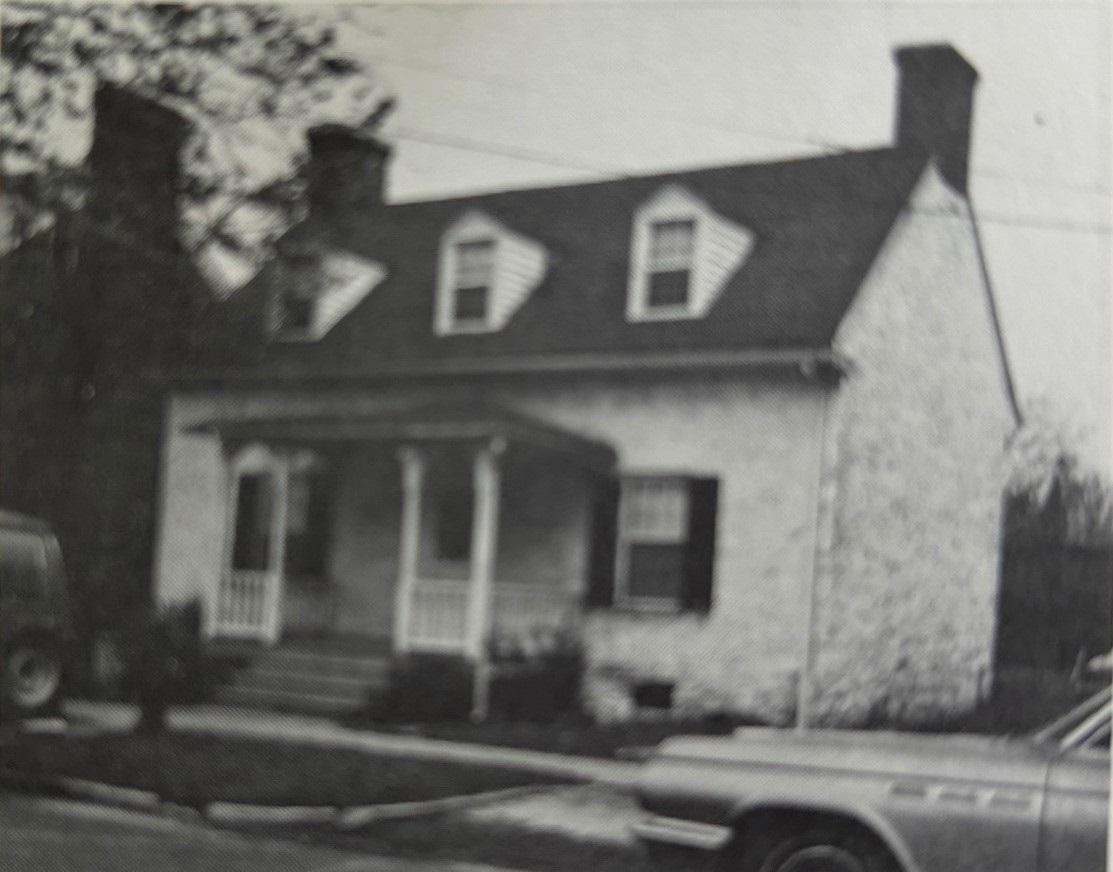



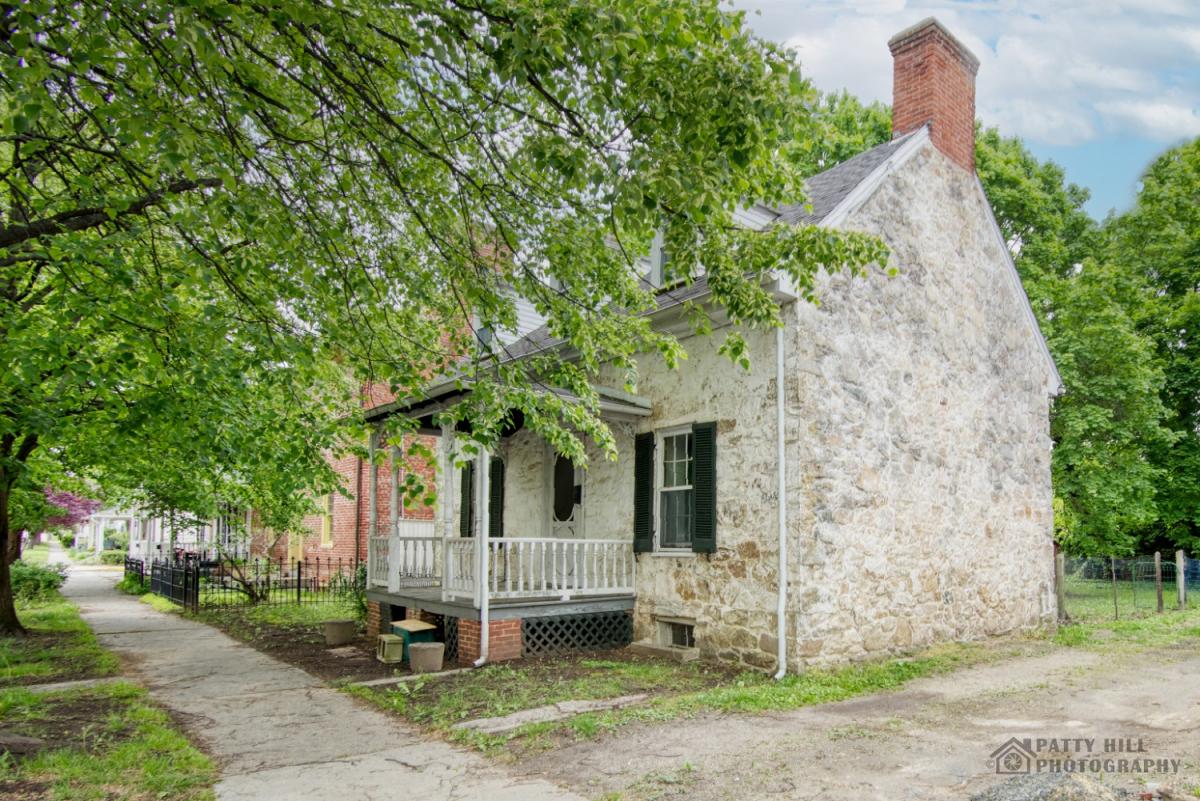
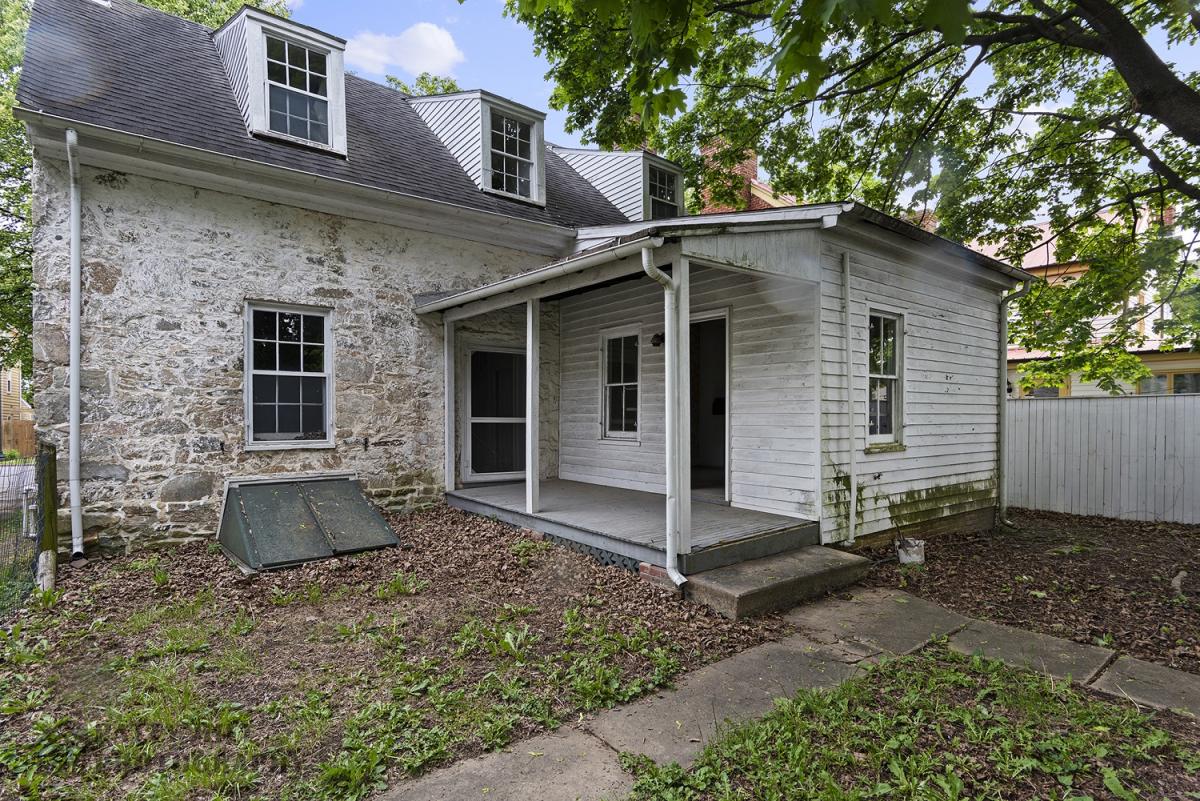
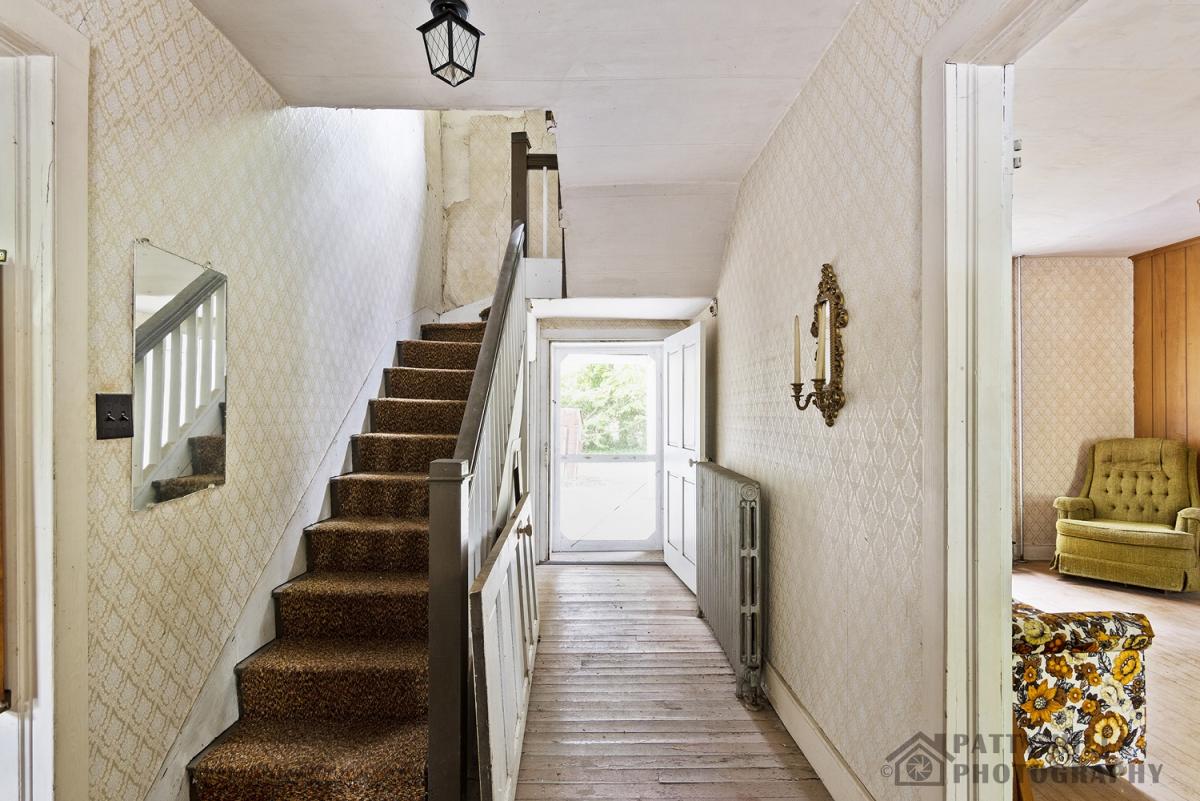
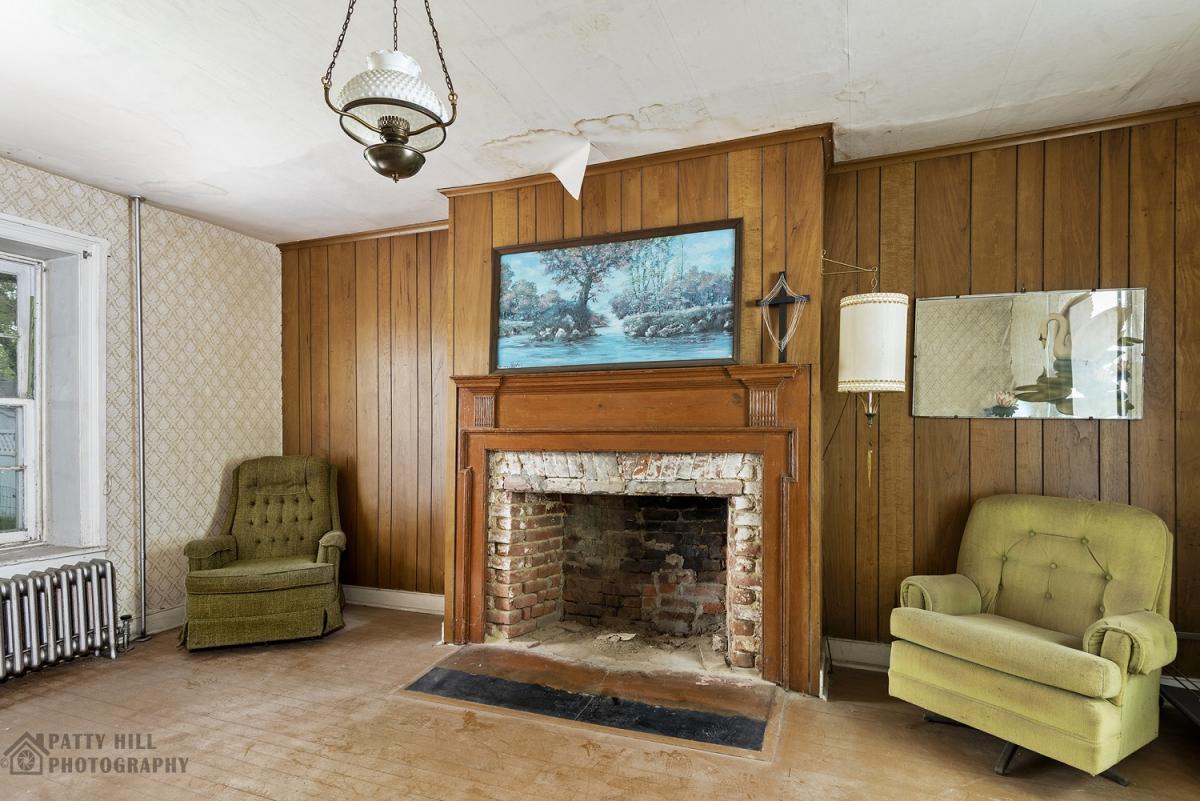
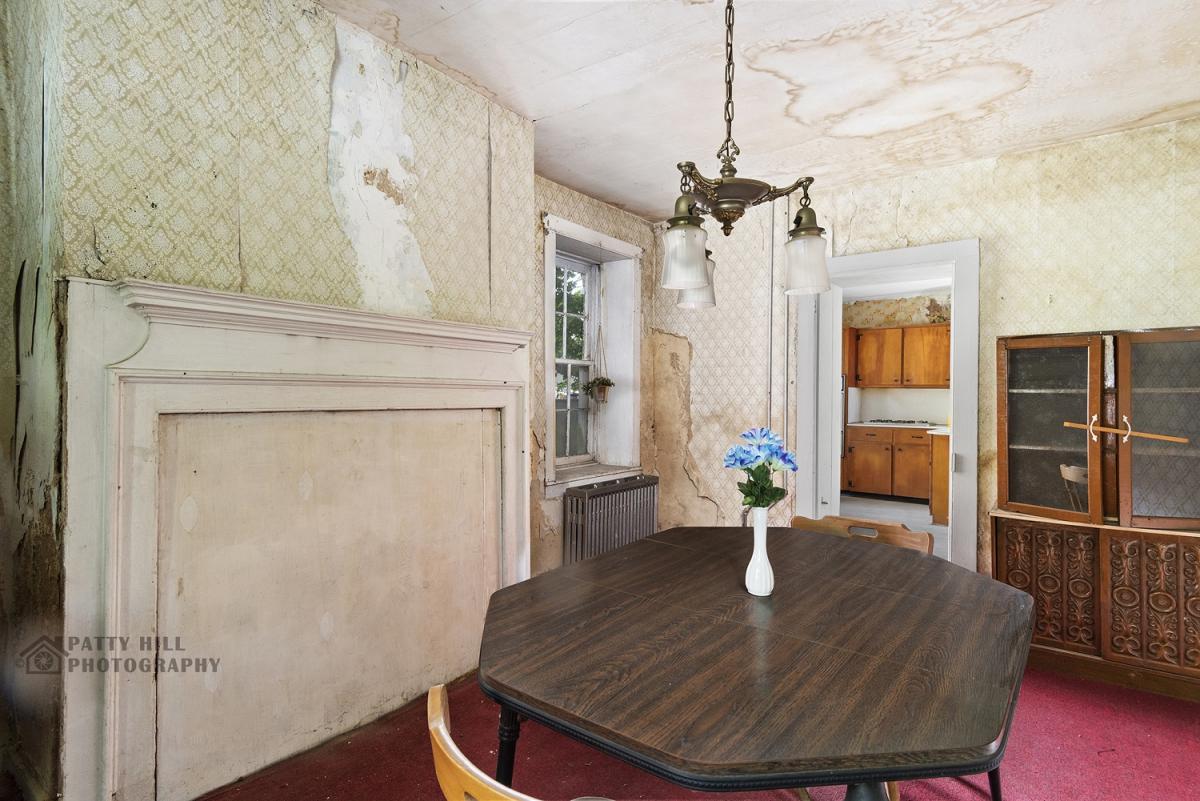
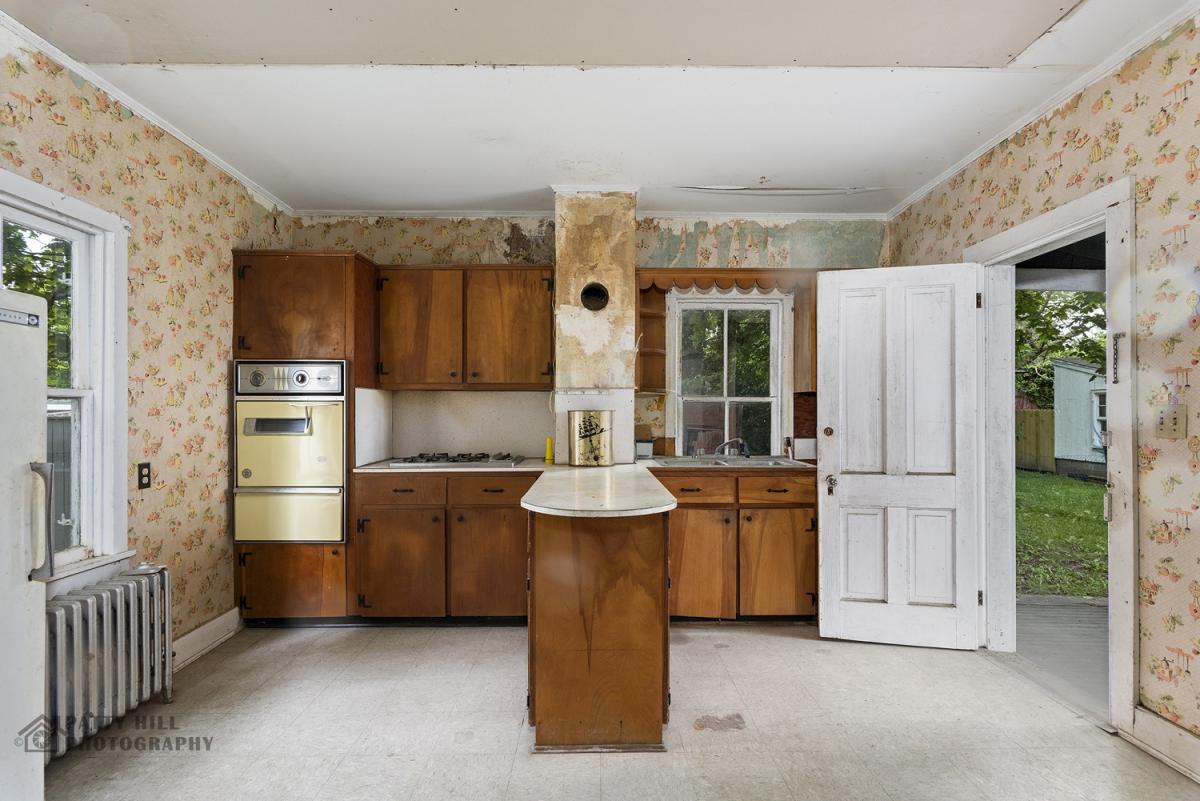
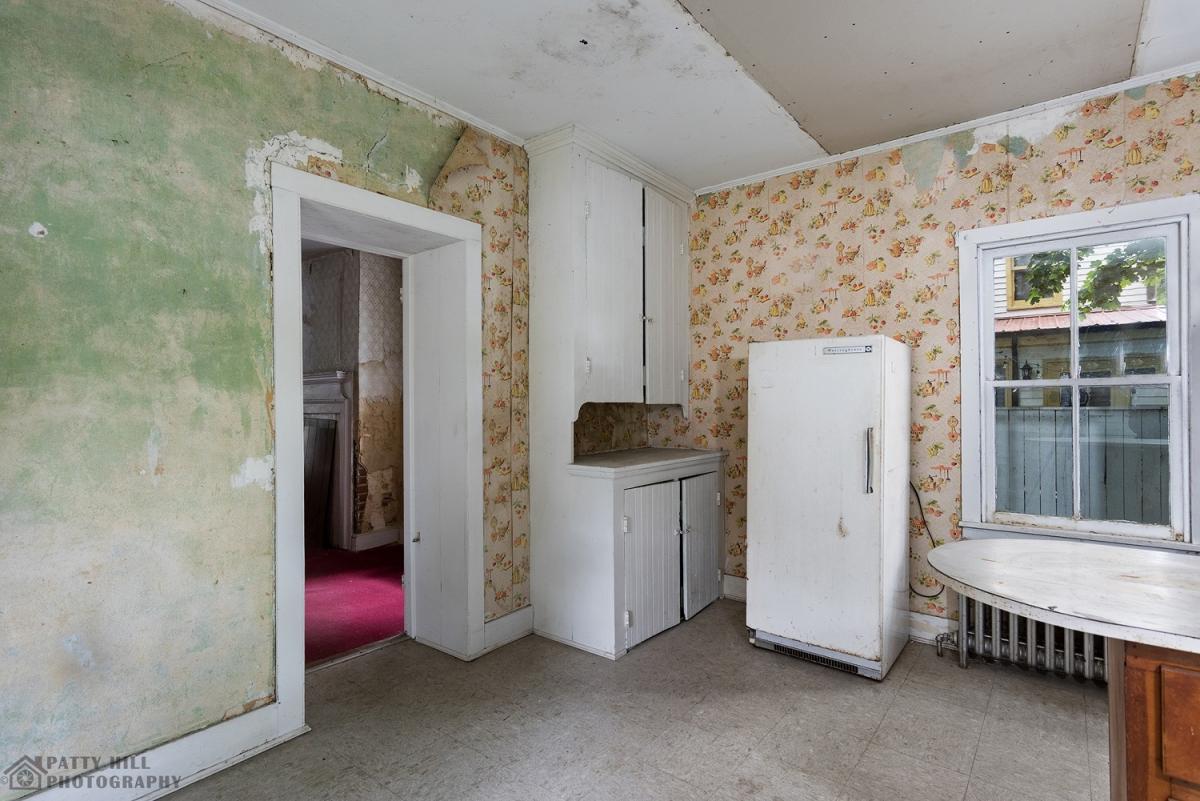
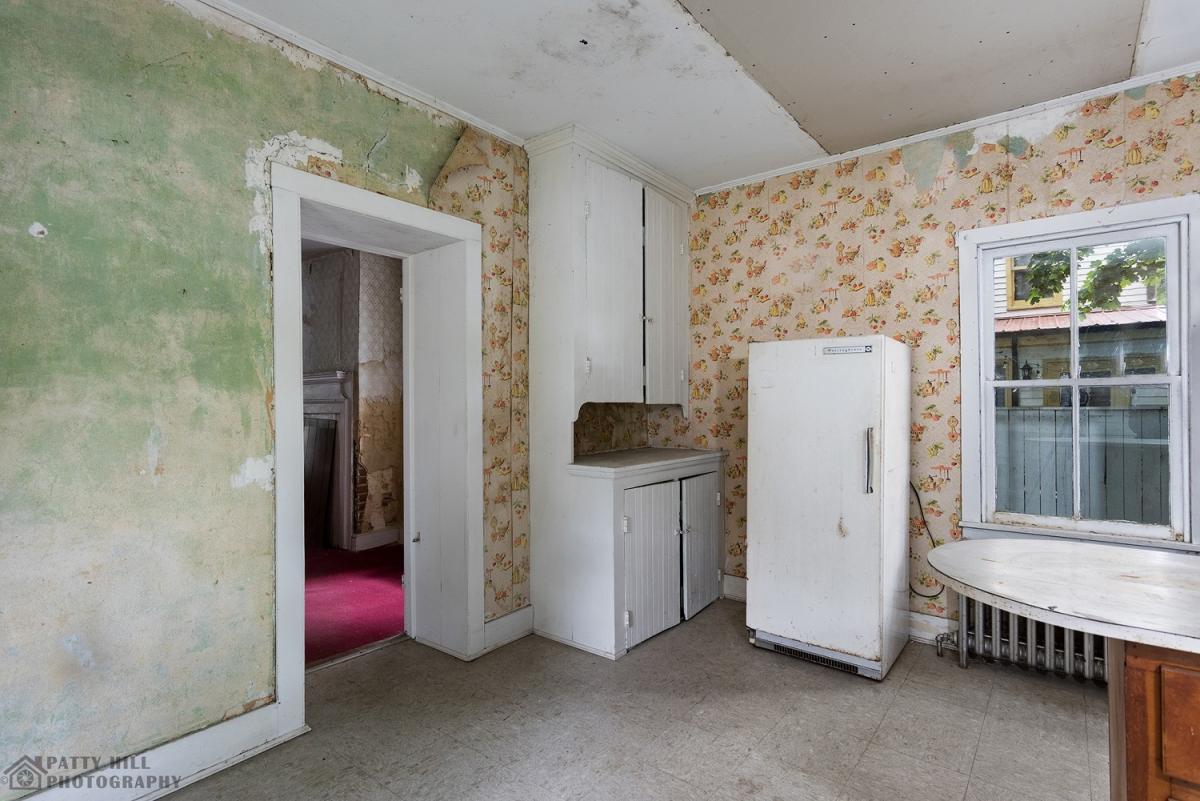
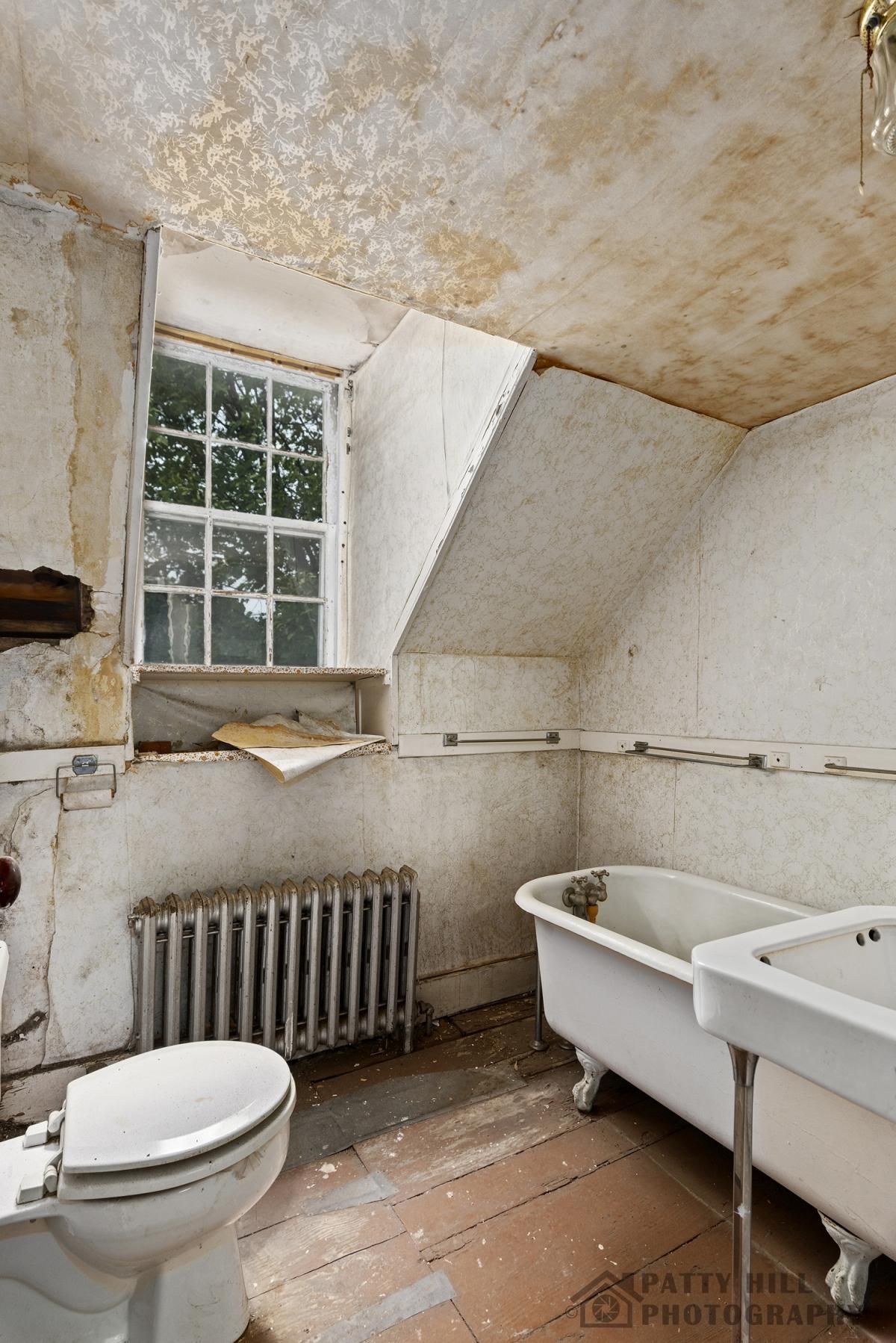
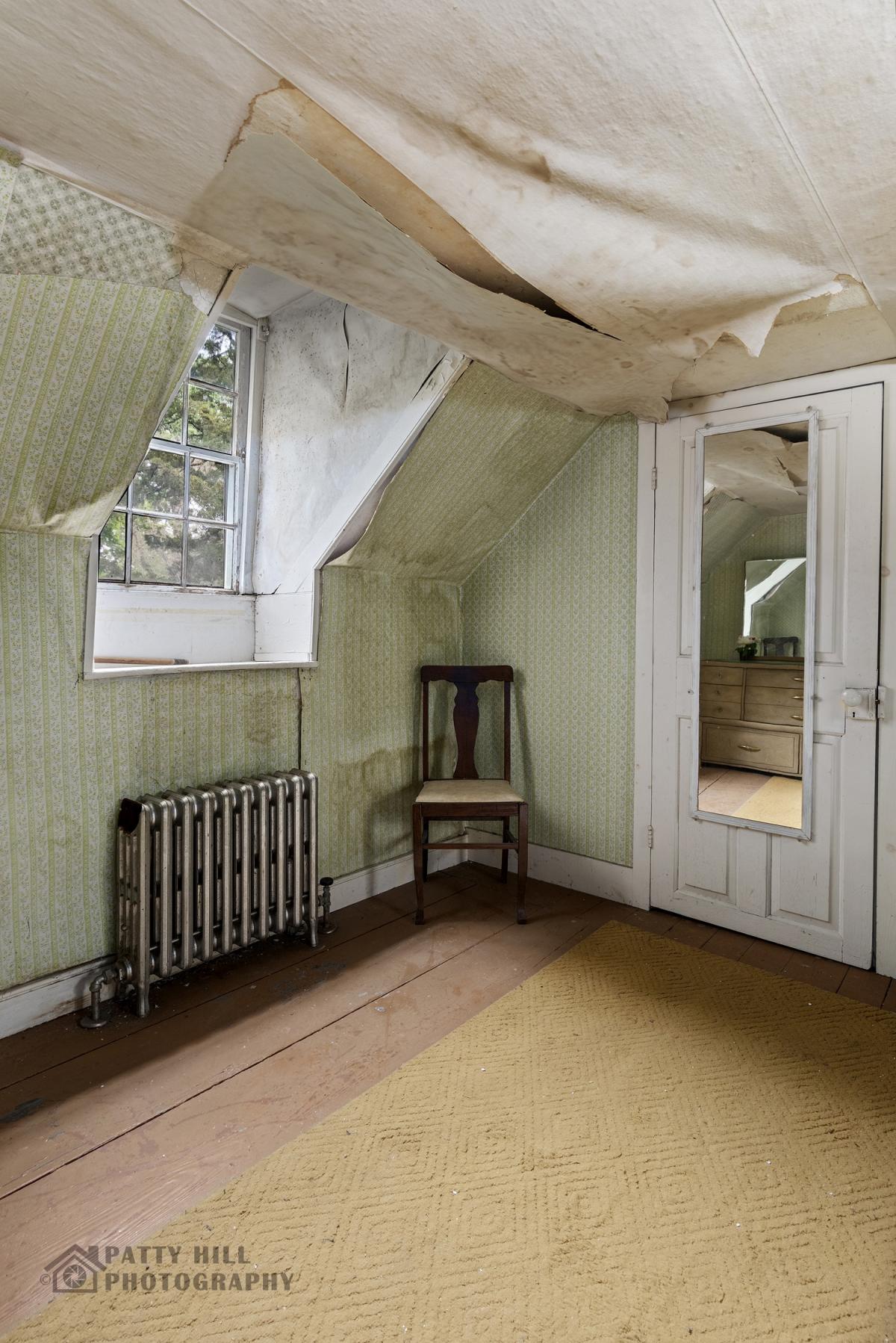
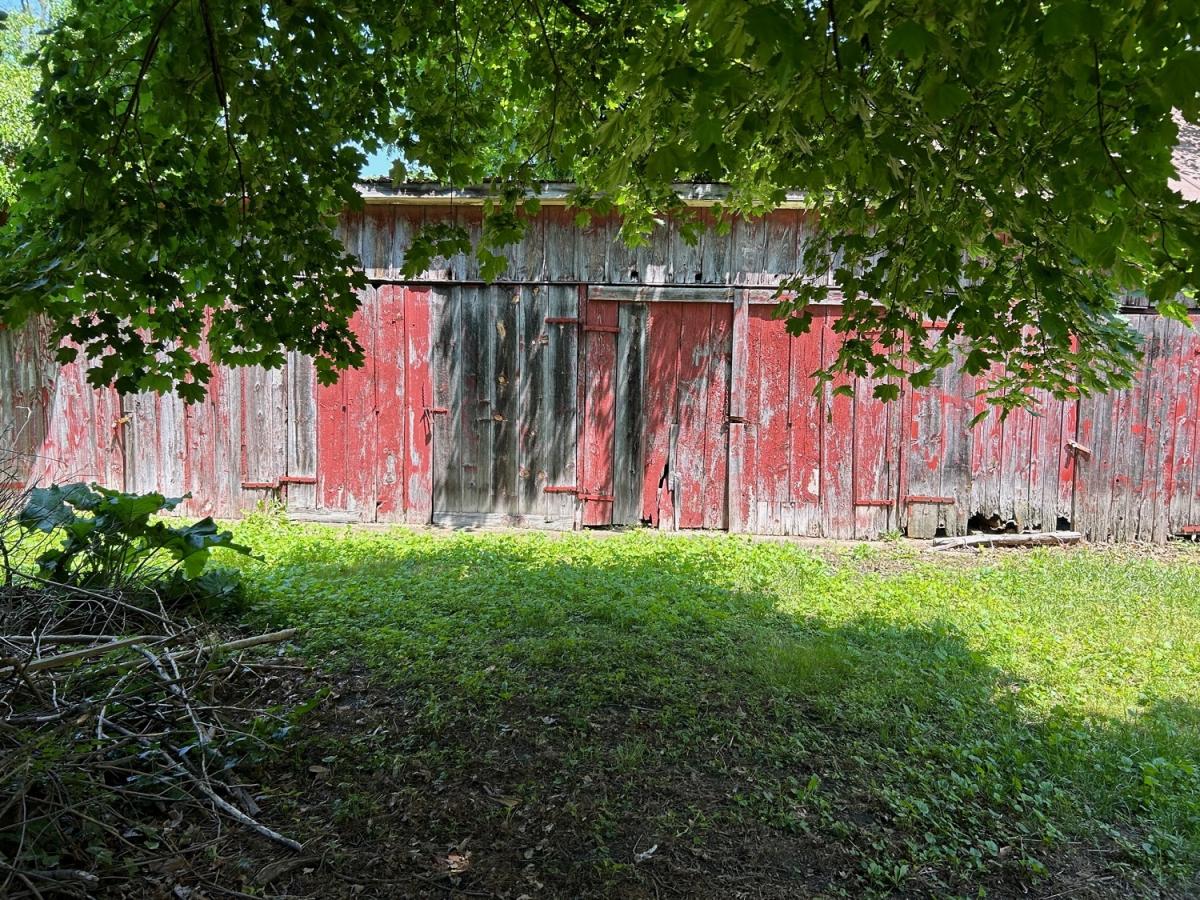
Randall Priouse says
I stumbled upon the House of the Week: “Steering House” article by Jennifer Martella. The article was interesting and the photos of the home and it surroundings were spectacular! The article accompanying the photos provided me with new information and photos of the land that my 7th Great Grandfather, George Prouse had surveyed in 1665. At that time it was called “Prouse’s Point.” George was one of the earliest settlers. HapHazard was only one of of several George Prouse had surveyed. On May 23, 1667 Preouse’s Fortune, was surveyed for George Prouse lying on the north side of the Choptank River and on the south side of the Second Creek. Sprouses Park was another piece of land surveyed by George Prouse (Sprouse).
Thank you for bringing this article to us. Why is it called the Steering House?